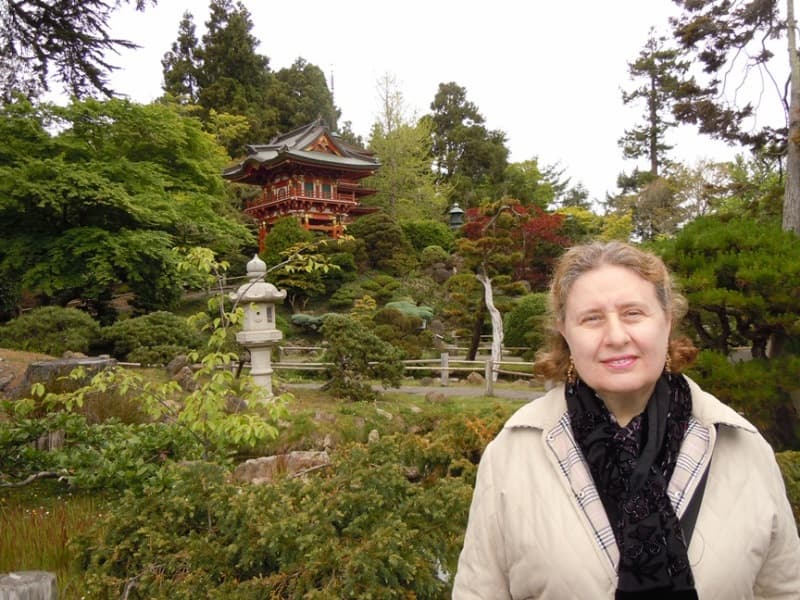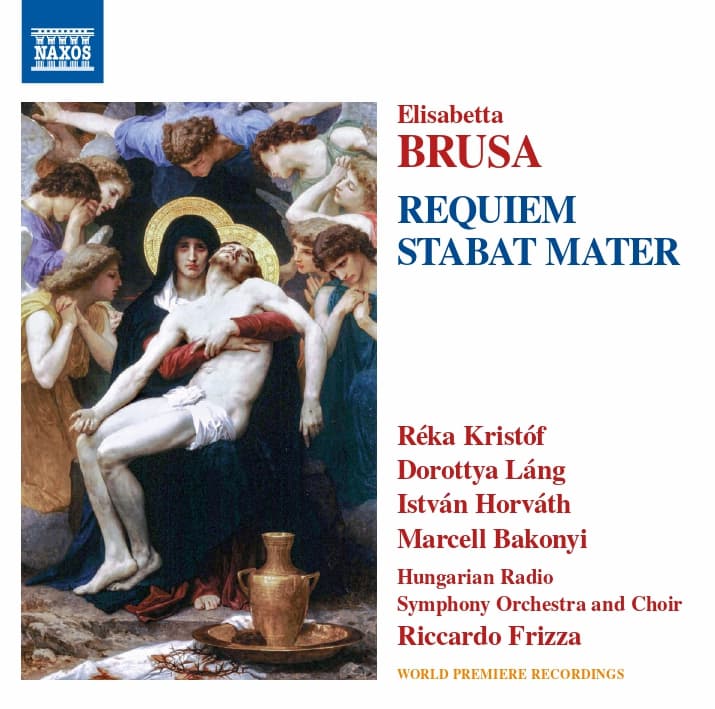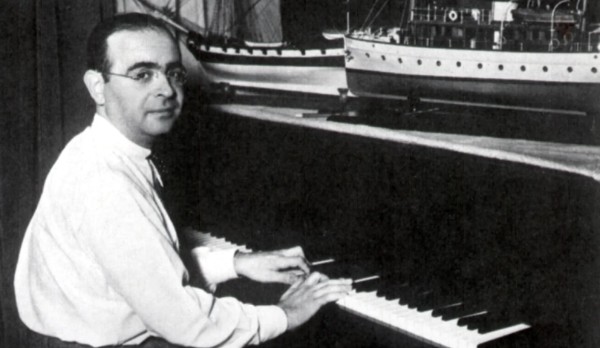In building up to writing her Requiem, Elisabetta Brusa (b. 1954) wrote a Marche Funèbre for piano (1984), Adagio for string orchestra (1996), Requiescat for voices and large orchestra (1994–1995), Simply Largo for string orchestra (2008), and a Stabat Mater (2020). She considered her Requiem, composed in 2020 and 2021, as an important part of a composer’s output as would be the more expected symphony or string quartet.

Elisabetta Brusa, 2016
Born in Italy, Brusa trained first at the Milan Conservatory and then studied in the UK with Peter Maxwell Davies and Hans Keller. In the 1980s, she received fellowships from the Fromm Music Foundation and the US–Italy Fulbright Commission to further her studies in the US at the Tanglewood Music Center. This led to residencies at the MacDowell Colony, where she wrote her first symphony. She was a professor of composition and orchestration at the Milan Conservatory for over 30 years, retiring in 2018.
Brusa was a largely non-religious youth, so her Requiem comes not out of ‘religious necessity, but out of a humane and spiritual sharing’, as she wrote. She has dedicated the work to her parents, one who was an atheist and the other a member of the Church of England.
As with many works for orchestra and chorus, the need to maintain a balance between the instrumental and vocal forces made her force the orchestral to the background – it should not be ‘overwhelming but remain discrete’– and she reinforces this both through her vocal counterpoint and the instrumental orchestration. She was aiming at an archaic atmosphere but has achieved a modern sound.
The contrast between the voices in the opening and the light woodwind sound backed with percussion creates an immediate dark world.
Elisabetta Brusa: Requiem, Op. 25 – Requiem Aeternam (Hungarian Radio Choir; Hungarian Radio Symphony Orchestra; Riccardo Frizza, cond.)
It’s dark but there are deliberate harmonic changes that bring light – bright glories from heaven moving in a major key out of the minor-key darkness around them.

Glories
When you get to texts that are familiar, such as the Dies irae, you can really appreciate her new take on the traditional. It’s clearly a day of wrath, but doesn’t move with the usual chant melody.
Elisabetta Brusa: Requiem, Op. 25 – Die Irae (Hungarian Radio Choir; Hungarian Radio Symphony Orchestra; Riccardo Frizza, cond.)
The soloists in the Rex tremendae are also different than we expect. Instead of the crisp vocalization, such as we expect from Mozart or Verdi’s Requiems, we have a more despairing falling line.
Elisabetta Brusa: Requiem, Op. 25 – Rex Tremendae (Réka Kristóf, soprano; Dorottya Láng, alto; István Horváth, tenor; Marcell Bakonyi, bass; Hungarian Radio Choir; Hungarian Radio Symphony Orchestra; Riccardo Frizza, cond.)
The Agnus Dei flows with its multiple repetitions.
Elisabetta Brusa: Requiem, Op. 25 – Agnus Dei (Hungarian Radio Choir; Hungarian Radio Symphony Orchestra; Riccardo Frizza, cond.)
The final movement, the Libera me, returns us to the dark sound that has filled so much of this work. But the final bright ending truly takes us to heaven.
Elisabetta Brusa: Requiem, Op. 25 – Libera Me (Réka Kristóf, soprano; Dorottya Láng, alto; István Horváth, tenor; Marcell Bakonyi, bass; Hungarian Radio Choir; Hungarian Radio Symphony Orchestra; Riccardo Frizza, cond.)
Also on this recording of Elizabetta Brusa’s Orchestral Music, vol. 5, is her Stabat Mater. Completed the year she started the Requiem, the Stabat Mater works with a wider range of pitches because she was limiting the Requiem to a medieval sound world. There’s a great tragedy here, expressed through the soprano soloist.

Brusa’s contributions to 21st century sacred music are important because she’s able to remove them from their strictly religious settings and bring them into the range of the personal. Her extended vocal writing for the soprano in the Stabat Mater is her way of pushing the expressivity to reflect the ‘pain of the mother’. Brusa aligns her Requiem with Fauré’s, rather than Verdi’s and we can see how that modernism is carried even further forward.
For more of the best in classical music, sign up for our E-Newsletter


